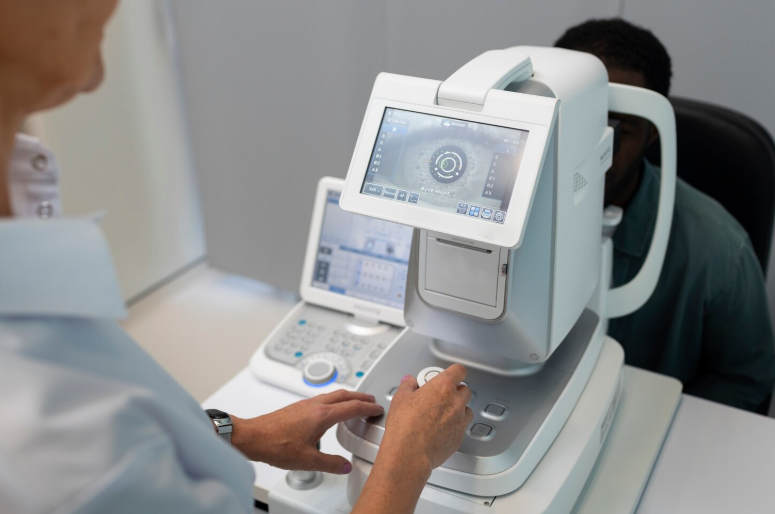Non-invasive technologies such as optical coherence tomography (OCT) and fundus cameras have become essential for long-term ocular health monitoring, providing detailed visualizations of internal eye structures. OCT generates precise cross-sectional images of the retina, allowing early detection of glaucoma, age-related macular degeneration, and other retinal conditions before they progress.
Ophthalmic imaging equipment is important in these assessments because it helps clinicians detect subtle changes that may indicate disease progression or treatment response. With significant advances in image resolution and acquisition speed in recent decades, modern OCT systems now provide highly reliable results, making them invaluable tools for ongoing follow-up and patient management.
Despite these advantages, the dependability of such imaging tools is dependent on regular maintenance, standardized image acquisition protocols, and operator training. Calibration and routine servicing help to avoid artifacts and ensure accuracy, whereas structured quality-control procedures reduce reporting errors and image retakes.
Image management presents additional challenges, such as disparate storage formats, proprietary software, and limited interoperability, which can make longitudinal data tracking across clinics or systems difficult.
Overall, ophthalmic imaging equipment is extremely dependable when properly maintained and used in well-defined workflows. Long-term monitoring success is dependent on combining technological strength with rigorous operational practices that ensure consistency, comparability, and clinical accuracy across multiple examinations.





Comments